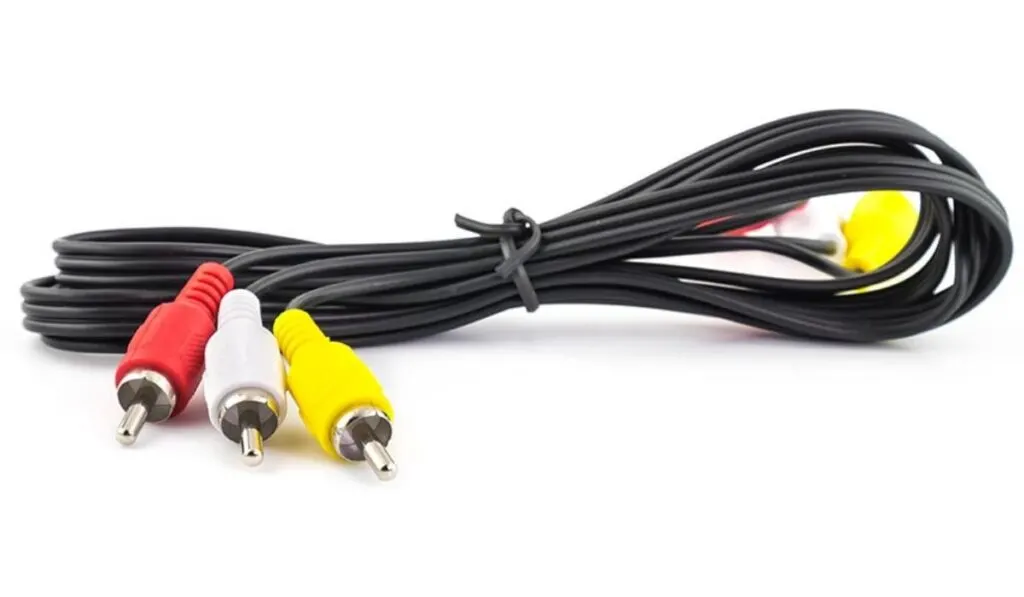Table of Contents
How to Connect TV Sound to Home Theater Without HDMI?
How to Connect Tv Sound to Home Theater Without HDMI? There are a few different ways to connect your TV sound to your home theater without using HDMI. You can use a coaxial cable, an RCA cable, or a digital optical cable.
Plug one end of the cable into the TV audio output port and the other end into the corresponding input on your home theater system. Follow your device’s instructions for specific setup procedures.
Coaxial Audio Cable:
A coaxial audio cable is a cost-effective option for connecting your TV sound to your home theater system. Simply connect one end of the cable to your television’s audio output port, and the other end to your receiver. If you have an AV receiver, you can even take advantage of advanced audio processing technologies like Dolby Atmos and DTS:X for a more immersive listening experience.
You can also use a digital optical cable, which is another excellent option for high-quality audio transmission. This type of cable usually has a square-shaped connector and is labeled as ‘optical’ on the back of your TV. You may need to enable this input in your TV’s settings menu. Simply follow the instructions in your TV’s manual to do this. Once the connection is made, you can test it by playing a video or audio file on your TV.
If your TV doesn’t have an HDMI port, you can use a 3.5mm aux cable to transmit audio from your TV to your home theater speakers. This is a convenient and easy-to-use method, but the quality of audio may be lower than other options.
3.5mm Aux Cable:
A 3.5mm aux cable is a simple and versatile way to connect your TV sound to your home theater system. This type of connection is compatible with most systems, and it can transmit high-quality audio. This method is especially useful for older televisions that do not have HDMI ports.
To use this method, connect the 3.5mm cable to the audio output port on your TV and to the corresponding input on your home theater or soundbar. Ensure that both devices are powered on and that the correct input is selected. Once the connection is complete, you can test it by playing a video or audio file on your TV.
Another option for connecting your TV sound to your home theater is a Bluetooth wireless connection. This is convenient because it eliminates the need for audio cables, which can be tangled and easily get in the way of your movie-watching experience. To set up this connection, first plug the receiver into an electrical outlet. Then, turn it on and pair it with your TV using the instructions that appear on screen. Once the connection is successful, change the TV’s default speaker to the external speakers. This will usually be in the sound settings section of your TV’s main menu. You can purchase a Bluetooth transmitter and receiver online or at your local electronics store.
Digital Optical Cable:
If you’re looking for a more robust and efficient audio connection option, you may want to consider using an optical cable. This type of cable provides high-quality digital audio transmission and is relatively inexpensive. You can find these cables at most electronics stores. However, before you purchase one, be sure to check the compatibility of your TV and soundbar. Most modern TVs have an optical output port, but older models might not.
If your TV doesn’t have an optical audio output, you can still use an RCA cable. These cables are available at most electronics stores and come with a pair of connectors that match the ports on your TV and soundbar. Just remember that these connections are not as fast as HDMI and may produce lags in your audio output.
Lastly, you can connect your TV to your home theater system using Bluetooth wireless technology. This method is very easy and convenient, and it also eliminates the need to work with tangled wires. Just be sure that your TV and soundbar support this connection method and follow the setup steps on your TV to set them up.
All of these methods offer different benefits, and they all provide a great way to connect your TV sound to your home theater. If you’re having trouble connecting your TV to your home theater system, be sure to consult the user manuals of both devices for more detailed instructions.
HDMI Converter:
If your TV doesn’t have HDMI ports, you can connect your sound system to it using an HDMI converter and RCA cables. The converter will convert the HDMI signal to an analog audio signal, and the RCA cables will connect your home theater to the converter and then to your TV. This is a relatively inexpensive solution that will get your TV and sound system connected in no time.
Another option is to use a bluetooth transmitter. This is a device that plugs into your speaker, and it sends audio signals to your TV via Bluetooth. It’s a cheap and easy way to add bluetooth capability to any TV, and it also works with older TVs that don’t have HDMI or aux inputs.
Lastly, you can use a digital optical cable to transmit audio from your TV to your receiver. This is another relatively inexpensive solution that should be available at your local electronics store. Just make sure you have the correct cables and your home theater system is set up to receive the signal.
Once you have all the cables and equipment necessary, power on your TV and home theater system. Make sure they’re plugged into the matching inputs, which are often labeled ‘Audio,’ ’Component,’ or ’Composite.’ Use the colors on the cables to help you match up the connections. Now, you’re ready to begin enjoying high-quality audio that matches your TV’s visual display.






Add comment